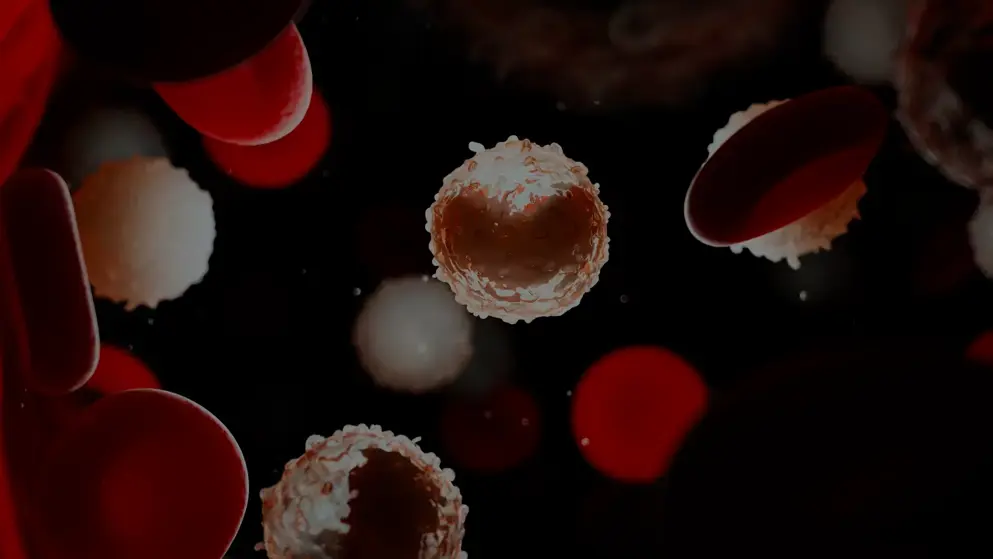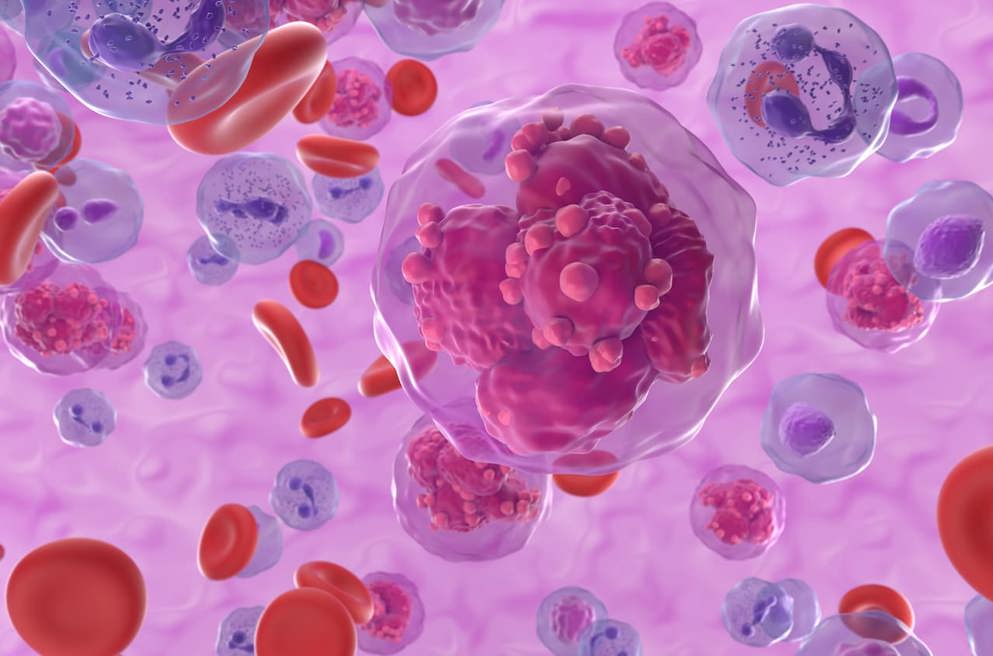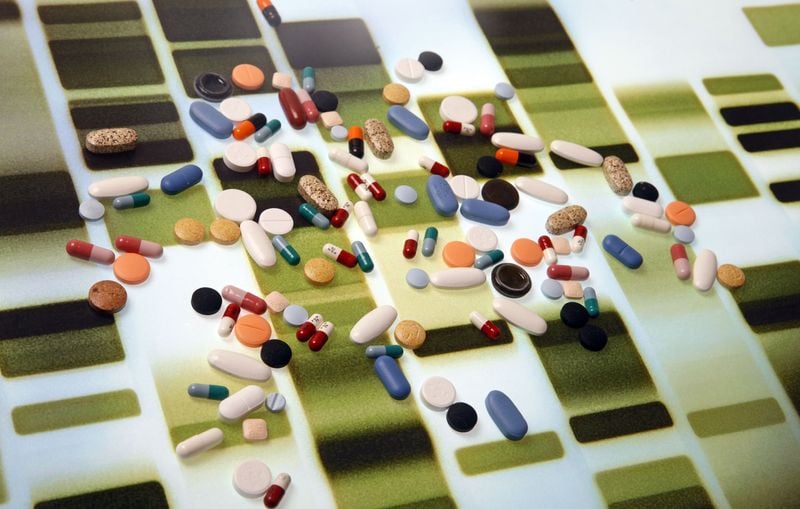
Leukemia
Leukemia is a hematologic malignancy characterized by abnormal leukocyte production, classified by proliferation rate and cell lineage as acute, chronic, myeloid, or lymphoid. Primary subtypes include acute myeloid leukemia (AML), chronic myeloid leukemia (CML), acute lymphoblastic leukemia (ALL), and chronic lymphocytic leukemia (CLL).
The global age-standardised incidence of leukemia is approximately 11 per 100,000, with more than 487,000 new cases reported worldwide each year. Advances in diagnostics and treatments have significantly improved long-term outcomes, with 5-year survival rising from 33% in 1975 to 59% in 2005.
What cellular and molecular mechanisms underlie leukemia progression?
Leukemia involves malignant transformation of hematopoietic stem cells, resulting in clonal expansion of abnormal leukocytes. Acute leukemias feature immature blasts (lymphoblasts in ALL, myeloblasts in AML), while chronic leukemias involve partially mature cells (granulocytes in CML, lymphocytes in CLL).
What clinical features differentiate acute and chronic leukemia presentations?
Acute leukemia presents with fever, lethargy, bleeding, hepatosplenomegaly, lymphadenopathy, and musculoskeletal symptoms. Chronic leukemia often presents asymptomatically, discovered incidentally via elevated leukocyte counts on routine bloodwork, with hepatosplenomegaly and lymphadenopathy in some cases.
How is leukemia evaluated and diagnosed?
Diagnosis includes complete blood count, metabolic panels, and peripheral smear evaluation. Acute leukemia typically requires bone marrow biopsy, while chronic leukemia can often be diagnosed with peripheral blood analyses like fluorescence in situ hybridization (FISH) or flow cytometry. Early diagnosis improves survival by preventing complications and slowing progression. National Institute for Health and Care Excellence (NICE) guidelines (UK) recommend urgent blood testing within 48 hours for suspected leukemia.
What is the cornerstone of leukemia treatment?
Treatment varies by subtype and patient factors, with acute leukemias often requiring intensive chemotherapy (e.g., “7+3” regimen for AML) and chronic leukemias managed using targeted therapies, like tyrosine kinase inhibitors for CML. Molecular markers play a pivotal role in personalizing therapy.
Lead from the frontline: Optimizing first-line treatment selection in Ph+ ALL
Join experts Elias Jabbour, Hagop Kantarjian and Nicholas Short from the 2023 ASCO annual meeting as they discuss Ph+ ALL treatment options and gain 1 CME credit.


